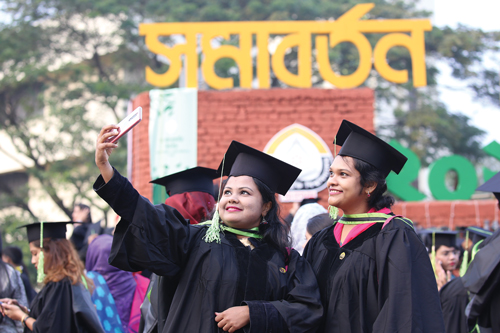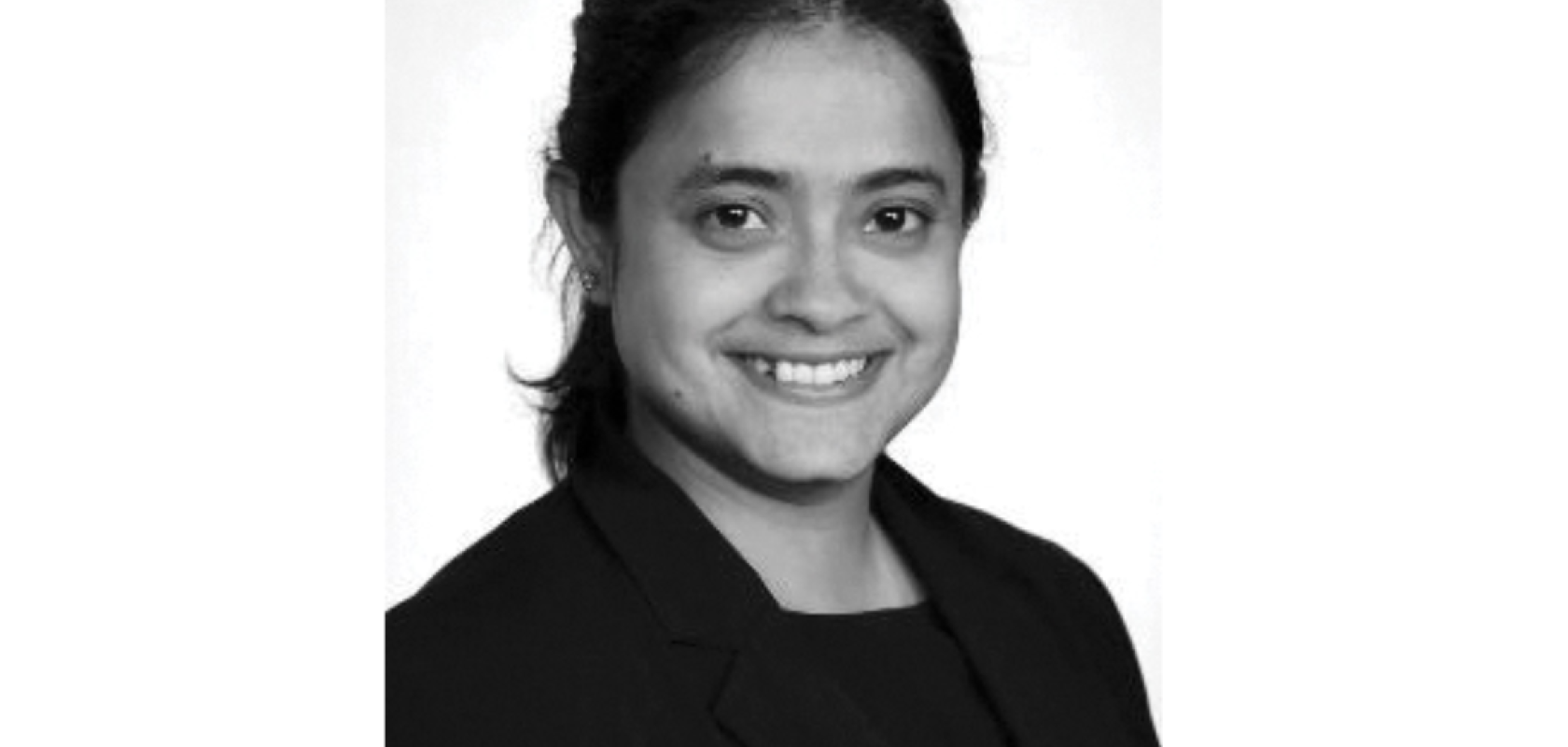University of Eastern Finland'ss Dr Mousumi Chakraborty discusses women's retention in STEM fields, comparing the differences between Europe and South Asia
Women in photonics is a widely talked about topic. But while many women take university courses in science, technology, engineering, and mathematics subjects, sometimes outperforming their male counterparts, unfortunately, the same numbers of women are not participating in STEM occupations. Although many have already proven their excellence and competence in STEM fields, the sector is still considered a male-dominated field.
Globally, women are underrepresented in many sectors; especially in research, photonics and optics, the number is still below standard. According to a recent Unesco report, only 30 per cent of the world's researchers are women1, though this percentage varies from region to region.
In my opinion, this situation is worse in South Asia, especially in Bangladesh. Due to society's stereotypical thinking, many women cannot pursue a career as a researcher. Many people still believe that doctors and teaching are the best professions for women.
I am one example of this type of thinking. When I was in ninth grade (around 14 years old), my family encouraged me to take science because they wanted me to become a doctor. In my class, among the other 40 girls, I was the only one who wanted to be a student of science.
When I told my family that I wanted to study physics after completing the 12th grade (aged 18) my family was very upset about my decision at the time.
I was lucky that, after a few arguments, my family allowed me to study physics and now they are incredibly proud of me. After my marriage, I obtained my PhD degree. I must admit that I was lucky again to finish my PhD journey smoothly, because of my supportive husband. But most women in Bangladesh are not as privileged as me. Most often, they have sacrificed their careers and dreams for the sake of the family or society. Luckily, the situation has improved. However, many more activities, opportunities and support are needed to improve the uptake, and retention, of women in research or photonics careers.

Unesco research data has already demonstrated the systemic barriers that obstruct women scientists from progressing. Despite gender equality efforts and women's educational attainment, women are still under-represented in the scientific community.
Although gender discrimination can be seen in every sector across the globe, it is prominent in Asia, especially in Bangladesh2. Many working women in Bangladesh have also experienced sexual harassment and sexual assault by a colleague, boss or unknown person3.
There are some countries in Europe where gender equality has been achieved, for example in Finland, Sweden and Norway, just to mention a few. Among them, Finland has been called the gender equality pioneer4. In 2018, Finland was the top-ranked Nordic country with a fully-closed gender gap in educational attainment5. Nevertheless, surprisingly, Finland has one of the world's largest gender gaps in college/university degrees in STEM fields6. The graduation gap in STEM is increasing with the increasing levels of gender equality. According to researchers, this situation is called the educational-gender-equality paradox.
Even though 47 per cent of Finnish parliament members, including the prime minister, are women7, the gender pay gap still appears in Finland. However, I believe countries like Bangladesh should follow Finland to improve gender inequality.
Despite many barriers and challenges (such as family, parenting, inadequate support at home, lack of opportunity networks and so on), women are still moving forward. Countless women have made tremendous contributions to science and other fields through their hard work and integrity. Though the world has already started recognising women's talent and power, unfortunately, many women did not get recognition in their lifetimes.
Recently, many international organisations have come up with excellent opportunities to support women scientists in the various stages of their career growth. For example, in 2015, the European Optical Society (EOS) launched the international Light2015 Young Women in Photonics award to honour a young female scientist who has made outstanding contributions to photonics. Professor Nathalie Vermeulen, Brussels Photonics (B-Phot), Vrije Universiteit Brussel, and Professor and Dr Laura Na Liu, Physics Institute, University of Stuttgart, won that award jointly. This was followed by the Early Career Women in Photonics Award in 2016. This year, the award went to Dr Camille-Sophie Brès, École Polytechnique Fédérale de Lausanne’s Institute of Electrical Engineering.
This year EOS will again present the award during Cleo/Europe-EQEC, which takes place online from 20 to 24 June. The application portal is open on the EOS website.
I believe we (men and women) can make a better world together. For a better world, gender discrimination should be reduced to zero and women\'92s participation in STEM and the research field should be increased. Globally, women need more support, encouragement, and recognition.
Dr Mousumi Chakraborty has a PhD in photonics and lives in Joensuu, Finland. An intern at EOS, she is involved with its Women in Photonics initiative.
References
3 Asaduzzaman, M.S., et al, Gender Inequality in Bangladesh, Journal of Women\'92s Entrepreneurship and Education (2015, No. 3-4, 54-64)
5 Gijsbert Stoet, et al The Gender-Equality Paradox in Science, Technology, Engineering, and Mathematics Education, Psychological Science (2018, Vol. 29(4) 581\'96 593), https://doi.org/10.1177/0956797617741719.
6 Sarah S. Richardson., et al, Is There a Gender-Equality Paradox in Science, Technology, Engineering, and Math (STEM)? Commentary on the Study by Stoet and Geary (2018), Psychological Science 1\'964, 2020 https://doi.org/10.1177/0956797619872762.


